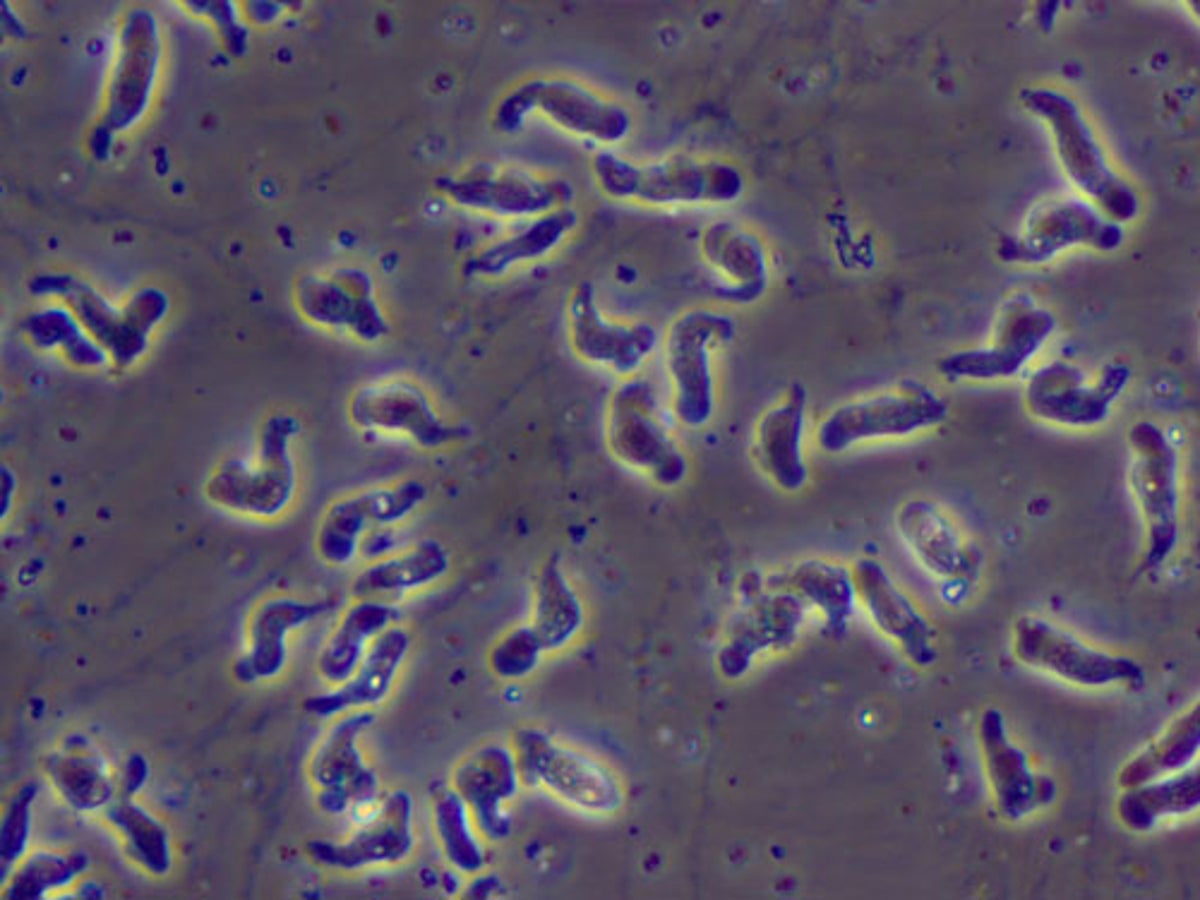Visitors to Nevada warned to beware of brain-eating amoeba in hot springs


Officials overseeing Lake Mead in Nevada are warning hikers and tourists visiting hot springs to beware of a potentially fatal, brain-eating amoeba in the waters.
The officials have advised bathers not to splash or submerge their heads if they plan on visiting the hot springs.
The amoeba, called Naegleria fowleri can be present in the waters if the conditions for it are right, according to KLAS.
“Naegleria fowleri has been found in hot springs,” the Lake Mead National Recreation Area said in a statement on Wednesday. “This amoeba enters through the nose and can cause a deadly infection that causes a sudden and severe headache, fever, and vomiting. It is advised to avoid diving, splashing water, or submerging your head in hot spring water.”
The amoeba has been blamed for the death of a 2-year-old boy who died in July. The child’s family told the broadcaster that he contracted the amoeba while they were swimming in Ash Springs near the town of Alamo, about 100 miles north of Las Vegas.
In July, a 17-year-old girl from Georgia, Morgan Ebenroth, died when a lake trip with friends resulted in an infection by the amoeba.
In February, a man in Florida died from washing his face and rinsing his sinuses with water contaminated with the amoeba.
There have been at least four reported deaths this year due to the infection, according to CDC data. Of the 157 individuals who have been infected in the US between 1962 and 2022, only four have survived, placing the mortality rate for infection north of 97 per cent.
The single-celled organism can cause a disease called primary amebic meningoencephalitis, which can be potentially fatal.
PAM can cause the destruction of brain tissue, according to the CDC.
The amoebas are typically found in their highest concentration in freshwater that i above 75 degrees Fahrenheit or higher, especially if the water has remained at that temperature for an extended period of time.
The climate crisis, driven by human burning of fossil fuels, may be helping the amoebas to thrive as global temperatures rise each year.
“As air temperatures rise, water temperatures in lakes and ponds also rise, and water levels may be lower,” the CDC said on its website. “These conditions provide a more favorable environment for the amoeba to grow.”
During periods of extreme summer heat the Lake Mead officials will often shut down access to hot springs, but trails leading to the springs re-opened on 1 October. Even during closures though, some springs are accessible through the Colorado River.
xnxx,
xvideos,
porn,
porn,
xnxx,
Phim sex,
mp3 download,
sex 4K,
Straka Pga,
gay teen porn,
Hentai haven,
free Hentai,
xnxx,
xvideos,
porn,
porn,
xnxx,
Phim sex,
mp3 download,
sex 4K,
Straka Pga,
gay teen porn,
Hentai haven,
free Hentai,




